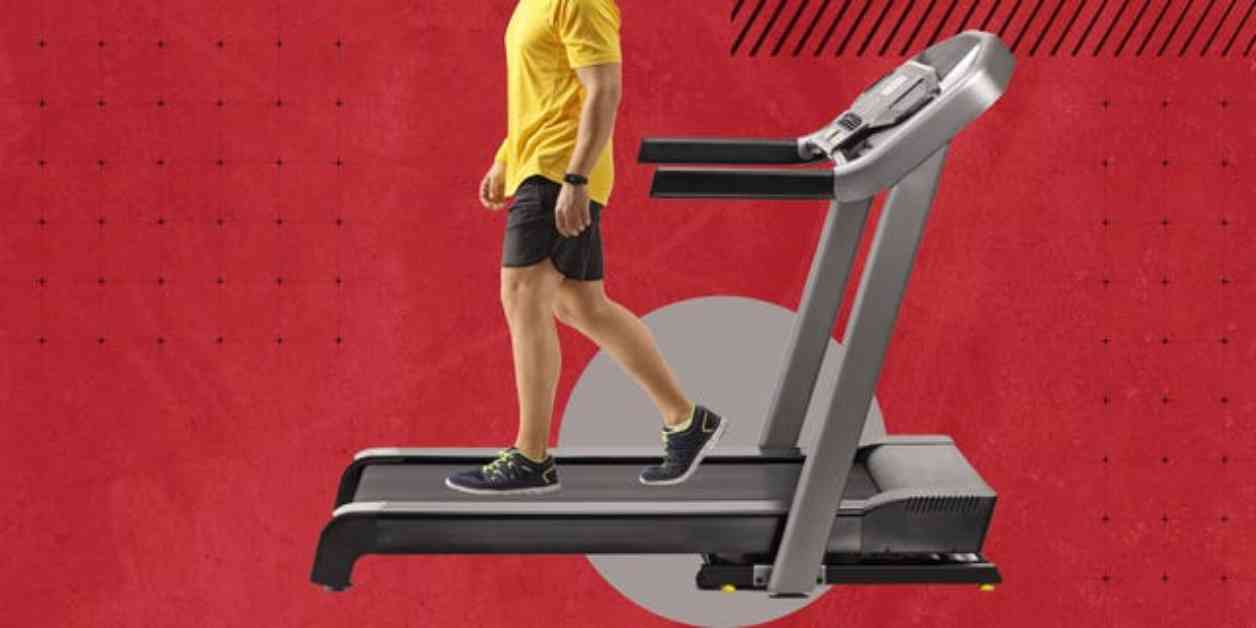Improving Knee Health: The Surprising Benefits of Walking Backwards for Experts
As you scan the cardio section of your gym, you may notice a new trend emerging among fitness enthusiasts. Instead of the usual treadmill runs or warm-up strolls, some gym-goers are opting to walk backwards. This practice has gained popularity on social media platforms like FitTok, with creators sharing clips of themselves walking in the opposite direction on treadmills. But is walking backwards really beneficial for knee health, as some influencers claim?
To get to the bottom of this trend, I spoke with Kyle Sanchez, a Physical Therapist and Certified Strength and Conditioning Specialist at Bespoke Physical Therapy. According to Sanchez, walking backwards is a common practice in the rehabilitation world, often used to restore function to individuals recovering from knee injuries, surgeries, or osteoarthritis. This unique movement unloads pressure from the front aspect of the knee while still engaging major muscle groups like the quadriceps and hamstrings.
Benefits of Walking Backwards
Walking backwards offers several potential benefits for knee health and overall fitness. By engaging in this practice, individuals can strengthen key muscle groups without placing excessive stress on the knees. Additionally, walking backwards may help improve balance and coordination through the motor system proprioception. While more research is needed to confirm these benefits definitively, early studies suggest that walking backwards could be a valuable addition to your fitness routine.
Should You Start Walking Backwards?
The decision to incorporate walking backwards into your exercise regimen depends on your individual circumstances. If you are currently able to perform traditional strength training exercises like squats and lunges without experiencing increased pain, you may not need to start walking backwards. These exercises can effectively enhance knee and ankle performance, providing similar benefits to walking in reverse.
However, if you are dealing with knee pain or looking to improve your athletic performance, walking backwards may be worth considering. Sanchez recommends starting with short sessions of five to 10 minutes, three times per week. It’s essential to choose a safe, non-congested area for your backwards walks to avoid potential hazards. If you’re seeking to enhance knee function for athletic purposes, adding resistance to your backwards walking routine can further challenge your muscles and joints.
Incorporating Resistance and Variation
To maximize the benefits of walking backwards, consider adding resistance to your workouts. You can use a waist strap to attach yourself to a sled and pull it while walking in reverse. Alternatively, try powering against a non-moving treadmill or adding incline to increase the intensity of your workout. These variations will help progressively overload the knee joint, contributing to improved strength and stability over time.
Final Thoughts on Backwards Walking
While walking backwards may not transform you into a super athlete overnight, it can offer valuable benefits for knee health and overall fitness. Sanchez emphasizes that this practice can be a valuable addition to your routine if you’re looking to reduce knee pain, target different muscle groups, or enhance balance and coordination. By incorporating backwards walking into your fitness regimen in a safe and controlled manner, you may experience positive outcomes for your knee health and overall well-being.
In conclusion, walking backwards is a versatile and effective exercise that can complement your existing workout routine. Whether you’re recovering from a knee injury or simply looking to challenge your muscles in a new way, backwards walking offers a unique and beneficial approach to improving knee health. Consider incorporating this practice into your fitness routine and reap the rewards of enhanced strength, balance, and coordination.

















